Use these hands-on materials to improve student understanding of fraction models and equivalent fractions while making a pizza.
Fraction Pizzas
Are your students looking for a fun way to practise their understanding of fractions? Whether students are just exploring the basics of fractions or they are working with more complex topics such as equivalent fractions, this activity is sure to have your students excited!
This download includes pizza cut-out pieces (both with and without toppings), a pizza pan cut-out and individual toppings. Students can work to answer prompts such as,
- put olives and spinach on 4/6 of the pizza
- put mushrooms on ¾ of the pizza
- put pineapple on ½ of the pizza (but encourage students to use pieces other than the half pieces).
Fractions include:
- whole
- half
- quarter
- thirds
- sixths
- eighths
- twelfths.
Tips for Differentiation + Scaffolding
A team of dedicated, experienced educators created this resource to support your maths lessons.
In addition to individual student work time, use this set of hand-on materials to enhance learning through guided math groups or whole class lessons.
If you have a mixture of above and below-level learners, check out these suggestions for keeping students on track with the concepts:
🆘 Support Struggling Students
Help students who need help understanding the concepts by using a fewer number of pieces. Students can work with halves and quarters first, then gradually work with larger pieces.
➕ Challenge Fast Finishers
For students needing an additional challenge, encourage them to create equivalent fractions for each piece they create.
Make sure to check out some of our other hands-on materials for your classroom!
Easily Prepare This Resource for Your Students
Use the Download button to access the PDF version of this resource.
Print on cardboard for added durability and longevity. Place all pieces in a folder or large envelope for easy access.
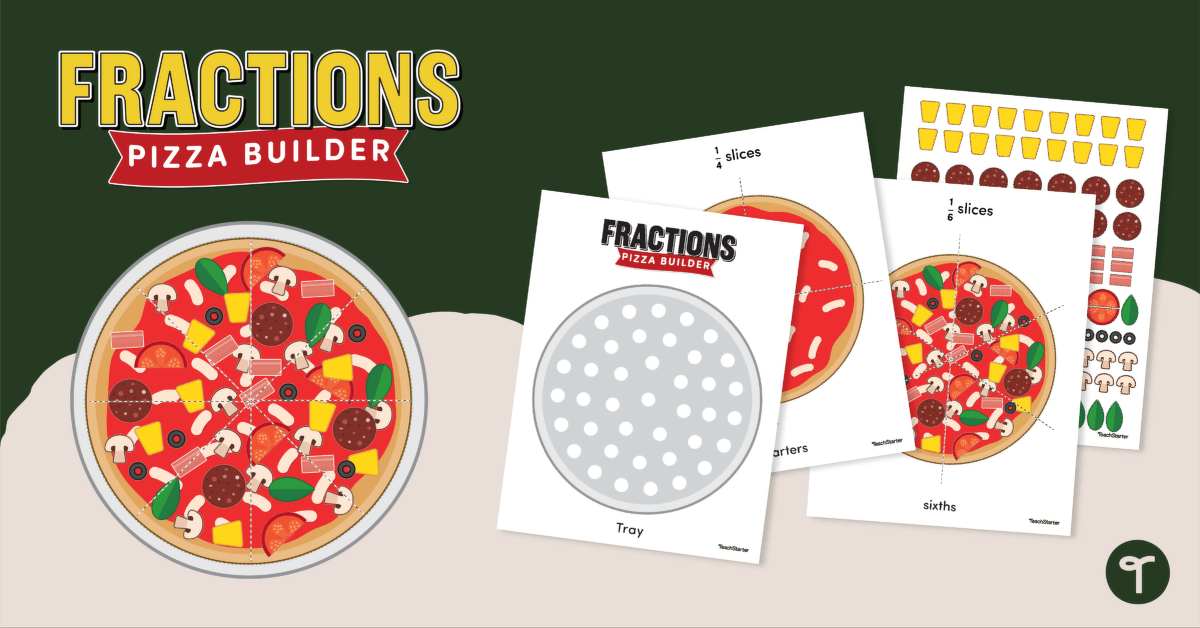

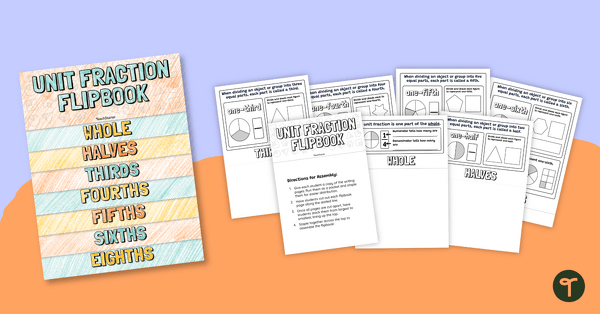
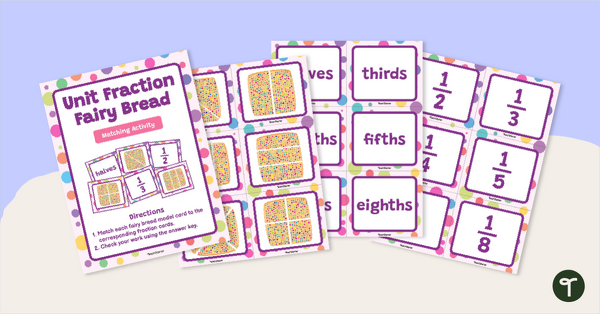
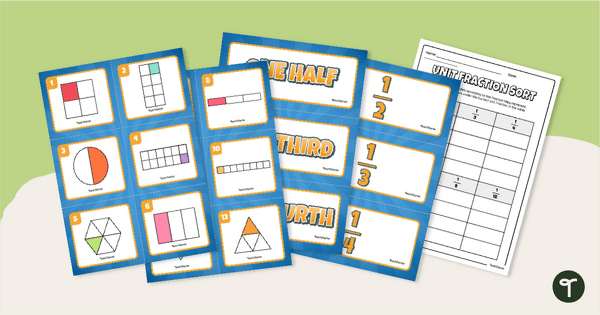
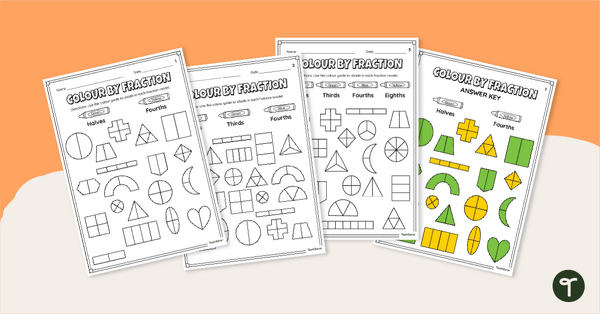
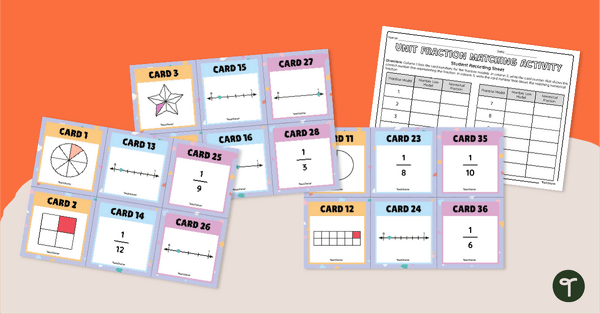
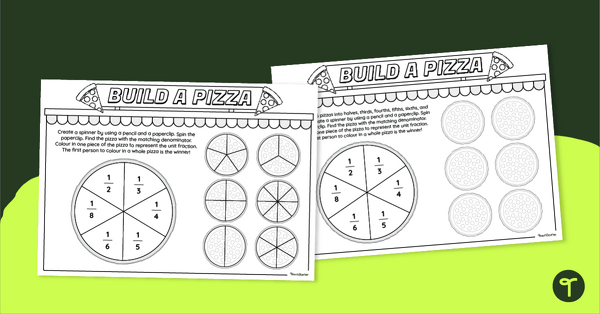
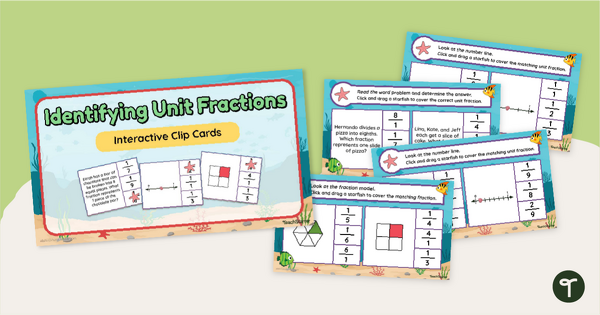
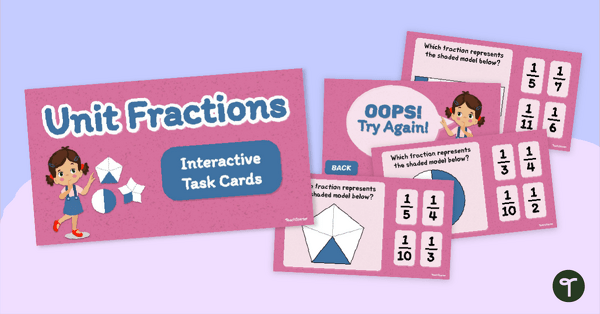
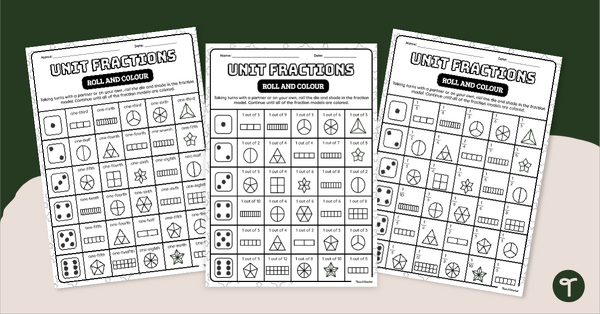
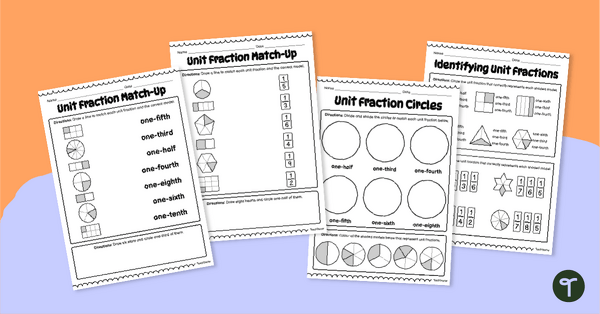
2 Comments
Write a review to help other teachers and parents like yourself. If you'd like to request a change to this resource, or report an error, select the corresponding tab above.
No comments yet.